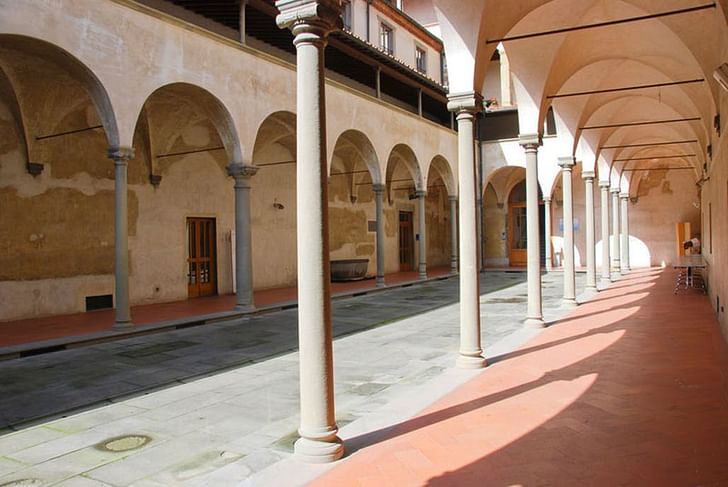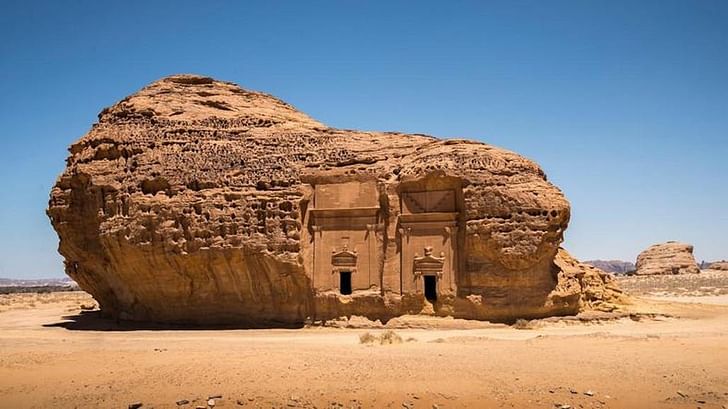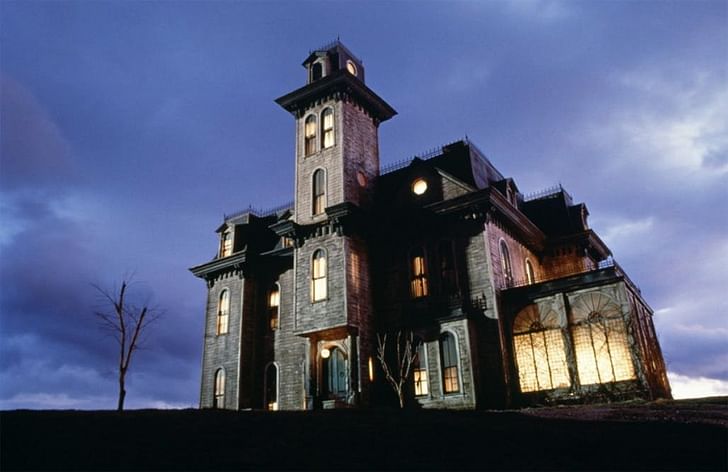
December may be the end of 2018, but that did not slow down the news and updates from the architecture world. December brought some architectural street cred from Congress, some thoughts on death and updates on post-modernism's mid-life crisis.

↑ Architecture will be recognized as STEM
The academic grouping known as STEM (Science, Technology, Engineering, and Mathematics) has long been regarded as the antithesis to the creative fields of art, music, and architecture. But the bill recently passed by the US House of Representatives allows states to use federal money to modernize Career Technical Education (CTE) curricula, which will soon include architecture.

↑ The architecture of death and dying
The idea of death and dying is a rather bleak subject. Many avoid discussion of the matter at all costs, while others plan to prolong its advancement as years pass. However, regardless of one's preconceived notions, death is a necessary part of life. Yet, perhaps our relationship and understanding of death can be changed with the help of architecture.

↑ Save, renovate or demolish: Postmodernism's midlife crisis
Joseph Giovannini writes about the historic vulnerability buildings entering their fourth or fifth decade encounter and how the public distaste may, potentially, turn into a sudden nostalgia for certain veterans of a not-so-distant architectural era.

↑ Sotheby's in talks with Saudi Prince to build contemporary art program in the desert
The largest auction house in the US, Sotheby’s, is in talks with Crown Prince HRH Mohammed bin Salman bin Abdulaziz Al Saud to build a cultural center in the northwest deserts of Saudi Arabia. The contemporary art program is to be located in the Al-Ula region, which contains the country's first UNESCO World Heritage site and is an archaeologically rich area built up over 2,000 years ago.

↑ Plans for Burning Man's 2019 Japanese-inspired Temple design are revealed
Picked from a host of submissions for its "elegant simplicity", the 2019 Temple will feature a design inspired by the torii gates at the Fushimi Inari Shrine in Japan, where the artist, Geordie Van Der Bosch, previously lived.

Finding exquisite buildings is sometimes an arduous task. Most times it becomes a destination, a visit in need of special planning. Search the internet, open google maps, postpone visiting one or two times because the temperature is too extreme, and if the world does not end in the meantime probably encounter the desired “object.” Have you ever had this magical moment though? That moment when you turn on a street, move to a new neighborhood or just change your typical trip to work and you suddenly stop and stare? The moment when you mind your own business, and you see something that demands your attention and sparks your most primal sense of curiosity. This is a story about one of these rare occurrences, about a found object, a programmed yet program-less building in New York City. An archetype, at the gates of Greenwich village.

↑ How has Hollywood shaped the idea of an American house?
What is the aspirational American house and why is the general public obsessed with this version of residential living? Hollywood has painted a picturesque image of what an ideal American house looks like, especially during the holiday season. These ideal homes can be broken into three specific groups: the Christmas home, the Haunted House, and the infamous McMansion.
No Comments
Block this user
Are you sure you want to block this user and hide all related comments throughout the site?
Archinect
This is your first comment on Archinect. Your comment will be visible once approved.